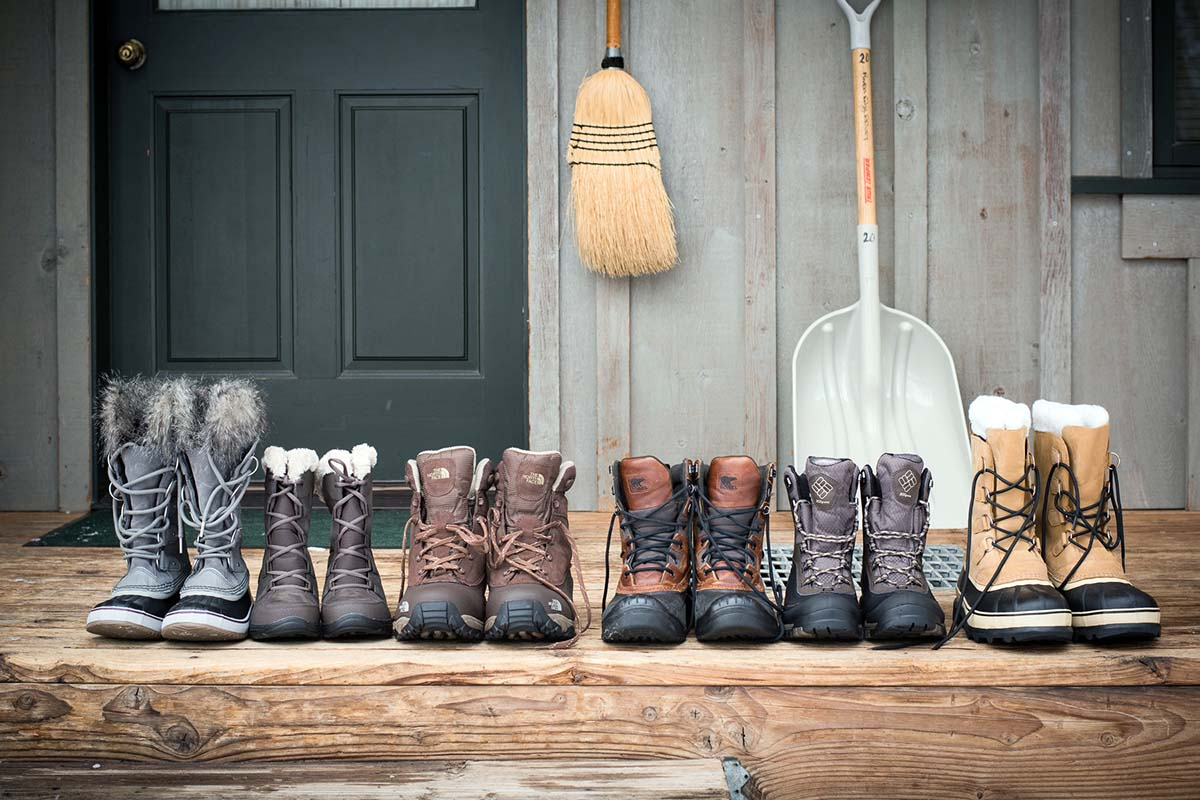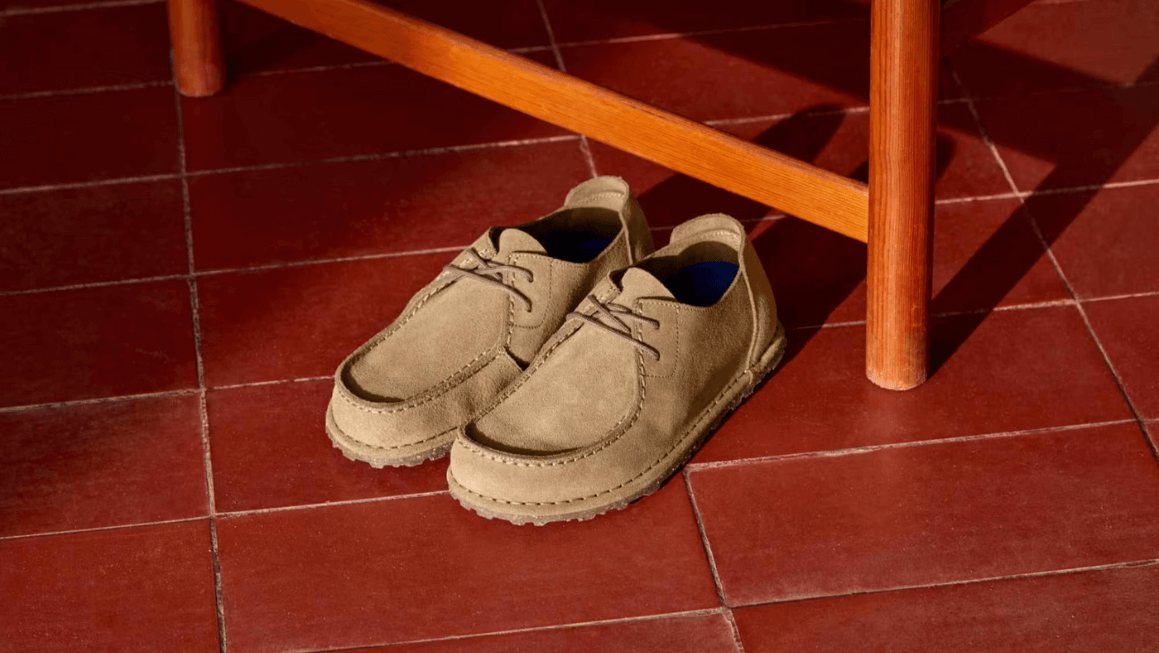Q&A with our Pedorthists
-
Erica E.
- Pedorthics
- Feb 10, 2021
- 292views

Did you know that we have a strong in-house team of Canadian Certified Pedorthists? Do you know what a Pedorthist does?With the knowledge of our experts, we've answered some of our most commonly asked quesitons about what Pedorthists do, footwear and orthotics!
Q: What is a Pedorthist?
A: Canadian Certified Pedorthists – C. Ped (C) – are foot orthotic and orthopedic footwear experts. They are one of the few healthcare professionals trained in the assessment of lower limb anatomy and muscle and joint function. With specialized education and training in foot orthotics and footwear, Canadian Certified Pedorthists help to alleviate pain, abnormalities and debilitating conditions of the lower limbs and feet.
Q: When should I see a Pedorthist?
A: Canadian Certified Pedorthists help patients with a wide range of foot and lower limb problems including: Arthritis, Diabetes, Plantar fasciitis, Achilles tendonitis, Bunions and bunionettes, Shin splints, Claw toes or hammer toes, Limb length discrepancies, Sports injuries, Metatarsalgia, and other foot injuries due to accidents.
Q: What is involved in a pedorthic assessment?
A: When you come in to see a Pedorthist for an assessment, they will assess your: lower limb bony alignment, movement pattern, general function of the foot, and the interaction of the foot with the rest of the body. Pedorthic Assessment includes a history taking, bony palpation, range of motion testing, gait analysis, and footwear consultation.
Q: What is a gait analysis?
A: The observation of an individual while walking to identify unusual patterns or function resulting from abnormal lower limb or foot structure identified during the examination. Each phase of the gait cycle is analyzed for abnormal movement pattens and functions.
Q: Who needs orthotics?
A: If required, all ages can benefit from a foot orthotic. From discomfort in the foot to severe problems such as diabetic foot ulcers, a foot orthotic can help a wide range of patients. A detailed assessment from a footwear and orthotic expert such as a Canadian Certified Pedorthist can confirm if a foot orthotic will assist a patient with a particular foot, leg, or even back problem.
Q: Are over the counter insoles good if I don’t want to spend money on custom orthotics? Which ones would you recommend?
A: Over the counter insoles are a good option and starting place if you can’t afford or are not sure about custom orthotics. OTC insoles will offer good arch support for most people, however it does depend on your foot type. The style of OTC insole will depend on the footwear you are in. If it is for athletic shoes, The Sole insole or Powerstep insole is a good choice as they are full length and offer the best arch support of our OTC insoles. For casual styles of footwear, the Birkenstock insole is a good option. We carry a diverse range of OTC insoles and our expert fitters would be happy to help you.
Q: How long will an orthotic last?
A: The lifespan of a foot orthotic varies from patient to patient. The materials used to make the foot orthotic, the patient’s foot structure, levels of activity, age and physical condition all impact the orthotic’s lifespan. The lifespan of a foot orthotic should not be measured by when the the cover material wears out but by how long the orthotic meets the foot’s changing needs for support, correction and pressure redistribution. If your symptoms begin to return it is a good idea to have your orthotic reassessed to determine if modifications or a new device are necessary.
Q: I am confused about all the different kinds of shoes! What is the difference between neutral, stability, and motion control? Which one do I pick if I have orthotics?
A: Unlike most types of footwear, athletic footwear and athletic running footwear in particular offer footwear options that address ones’ specific foot biomechanics.
Motion Control running shoes are designed for runners who need maximum stability and support.
This type of runner has arches that pronate excessively with each step, and often have flat feet (little or no arch). Runners who have low arches typically over-pronate more than runners with higher arches, although this is not always true. Those runners who have a heavier build and overpronate will usually have more success with a motion control shoe versus a stability shoe as the broader platform (straighter last) will provide them with the additional foundation of support they need. The runner who over-pronates has arches that collapse as their body weight comes down, allowing their feet to excessively roll to the inside (or medial side). To prevent your feet from over-pronating, Motion Control shoes feature midsoles with supportive features, usually a firmer area of EVA foam called a dual density post. The post is a usually a darker color, and works by reinforcing the medial side of the shoe. This allows the over-pronator to run with their feet and legs in proper alignment, minimizing the likelihood of injury.
Stability shoes are a slight step down from Motion Control shoes in terms of support.
Runners who need a Stability shoe have arches that over-pronate (or collapse inwards) just like runners needing a Motion Control shoe - but to a lesser degree. Stability shoes also feature dual density material in the midsole to prevent the foot from over-pronating, but are more mild than the correction present in a motion control shoe. Stability shoes feature a more curved or "carved out" platform, more similar to a neutral shoe, and not as broad and supportive as the wider platform found on Motion Control shoes. Stability shoes also have plenty of cushioning as well. Most runners - ranging from the beginner jogger to the well-seasoned marathoner - over-pronate mildly and require at least some stability from their running shoes.
Neutral Cushioned shoes are intended for runners who have a higher arch that does not pronate, or collapses only slightly inwards.
Neutral Cushioned shoes have very little or no pronation support, and usually offer substantial cushioning. Runners who require a neutral shoe usually show wear the outside corner of the heel, and in the center of the forefoot or the outside of the forefoot. Supinators also require Neutral Cushioned shoes. Supination occurs when your foot strikes the ground on the outer edge of your heel, and instead of the arches collapsing in and over-pronating, they do the opposite and roll slightly outward. A supinated wear pattern will show wear at the outside corner of the heel, and significant wear along the entire outside edge of the shoe. As Neutral shoes do not have stability features to correct over-pronation, and feature a more curved "last" or platform that encourages the foot to roll inwards naturally to help absorb impact forces, they work best for the runner who supinates.
If you wear custom orthotics, it is best to use them with a more neutral shoe allowing the orthotic to its job while lessening the risk of over correcting the problem with a shoe that is too supportive or corrective when combined with an orthotic.
If you want to learn more about what we offer in our FootHealth Centre, click here!











